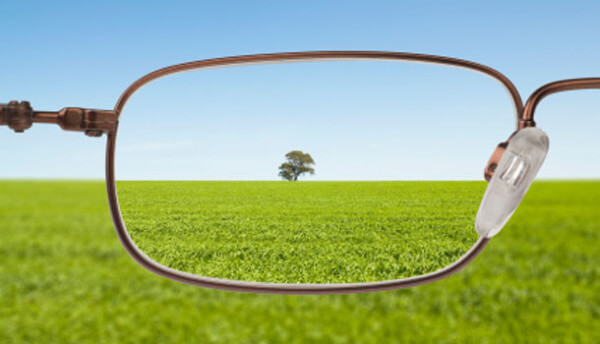Nearsightedness and farsightedness can have a negative effect on our ability to view objects clearly. The light falls behind the retina in farsightedness whereas it falls in front of the retina in case of nearsightedness. Farsightedness makes it extremely difficult to see objects clearly that are nearby whereas you have a hard time viewing distant objects because of nearsightedness.
It is interesting to know that farsightedness is often caused by an imperfection in the eye and can be genetic. However, nearsightedness can be caused by many factors and the severity varies from case to case. Let’s discuss both the conditions in detail to know more about them.
Far-sightedness vs. Near-sightedness
A farsighted individual can conveniently see objects that are far away, since the light focuses behind the retina and the lenses help bring the focal point closer. This can also cause headaches and result in eyestrain. Nearsightedness or myopia is a refractive defect. In this medical condition, the image is formed in front of the retina. This means the defect affects the vision and an individual suffering from myopia will see closer objects more clearly than distant ones.
Nearsightedness or myopia is about to reach epidemic proportions. In the US alone, 40% of the population requires glasses. Research suggests that by the end of next decade, one-third of the world’s total population will end up being nearsighted. This is not a condition that cannot be corrected. Most commonly, prescription glasses are used to correct vision. Moreover, myopia can also be treated through surgery or by wearing contact lenses.
Nearsighted individuals are observed to be more at risk of acquiring cataracts, retinal detachment and glaucoma. Much research has been done by scientists to know why it continues to prevail and affect millions of people across the globe. Scientists have pointed out that young individuals and children who spend more time indoors are likely to fall victim to refractive conditions, such as nearsightedness.
Both these conditions revolve around issues related to the way light focuses when it makes its way into the eye. In an ideal situation, the light that enters the eye focuses on the inside lining without any difficulty. This lining detects light and is known as the retina. This enables you to see things clearly.
Farsighted is the opposite. This condition, which is termed as hyperopia or hypermetropia, signals a vision defect where an individual cannot see closer objects and experience blurred vision. This condition usually arises when the size of an eye is smaller than usual, flatness of the cornea or an inaccurate curvature. Researches into devising methods that will help in correcting all vision problems continue to probe the causes and treatment of both these conditions.
Final Thoughts
Several studies indicate the effectiveness of a healthy diet in supporting good eye function. Eye exercises and healthy nutrients can help you improve your eye health and reduce the risk of both these conditions.




